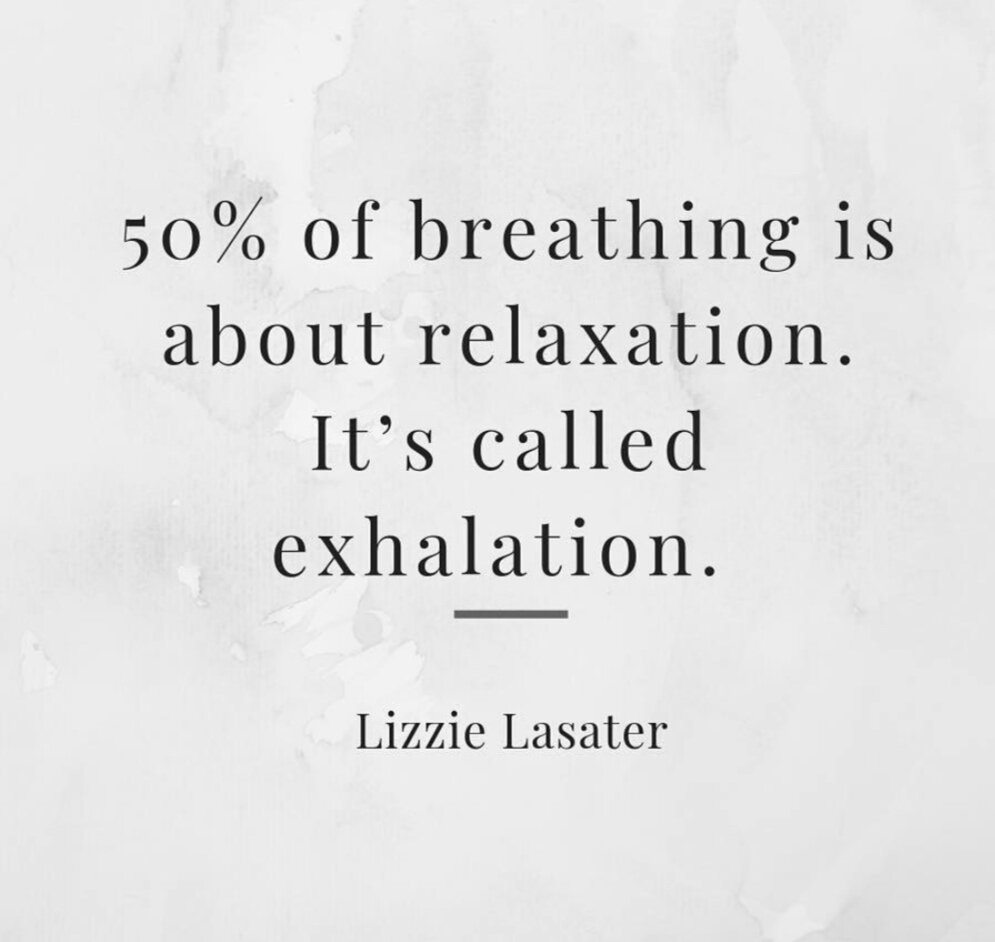The Relaxation Response is...
“The relaxation response is a physical state of deep rest that changes the physical and emotional responses to stress…and the opposite of the fight or flight response.”
You might have noticed this quote on the Yoga Sessions page and perhaps wondered what it was about. Turns out, we each have a super power – being able to turn on a sense of inner relaxation that can calm the mind and body, and assist us with managing stress. The steps for eliciting this Relaxation Response, which you can read here, were codified by Dr Herbert Benson. The Relaxation Response impacts how our nervous system functions; if you are interested in an overview of how the system works I refer you to Our Nervous System, explained.
Dr Benson did voluminous research on the Relaxation Response. As a yoga practitioner and teacher what most interests me is the relationship he found between it and yoga.
…Yoga caused physiologic changes that elicited the Relaxation Response: decreased oxygen consumption, decreased respiratory rate, decreased heart rate, increased alpha waves, and decreased blood pressure in those with elevated blood pressure. [The Relaxation Response by Herbert Benson, pgs 74-75.]
He further explains
Yoga meditation is concentration on a single point – for example, a physical object or a thought. By dwelling upon an object one may cancel out all distractions that are associated with one’s everyday life and thus achieve a passive attitude.
In my experience, both the physical practice of moving with my breath through asana, and being still with my breath in Restorative Yoga help to calm my body and mind, causing me to invoke the Relaxation Response. Our breath is a powerful, innate resource that is always with us. To call on this super power all we have to do is practice using the breath in its many forms. For more on the science and explanation of breathing techniques, check out Proper Breathing Brings Better Health in the January 2019 issue of Scientific American.
Or, simply try this:
Find a place to be still for a few moments - indoors, outdoors, standing or sitting, whatever is your preference and most convenient.
Let your natural breath course through you as you gradually focus your mind on the breath.
Slowly begin to extend the length of your exhalations to be longer than the length of your inhalations. Not sure how to do this? Count to yourself during an inhale, then count during the resulting exhale. With your next breath try to lengthen the duration of the exhale.
Take three breaths (a breath being an inhale and an exhale) with this focus on a longer exhale.
Let your breath return to its normal rhythm.
The more you practice this technique of lengthened exhales, the more easily you’ll be able to call upon its super power when you find yourself wanting a sense of relaxation and calm.

